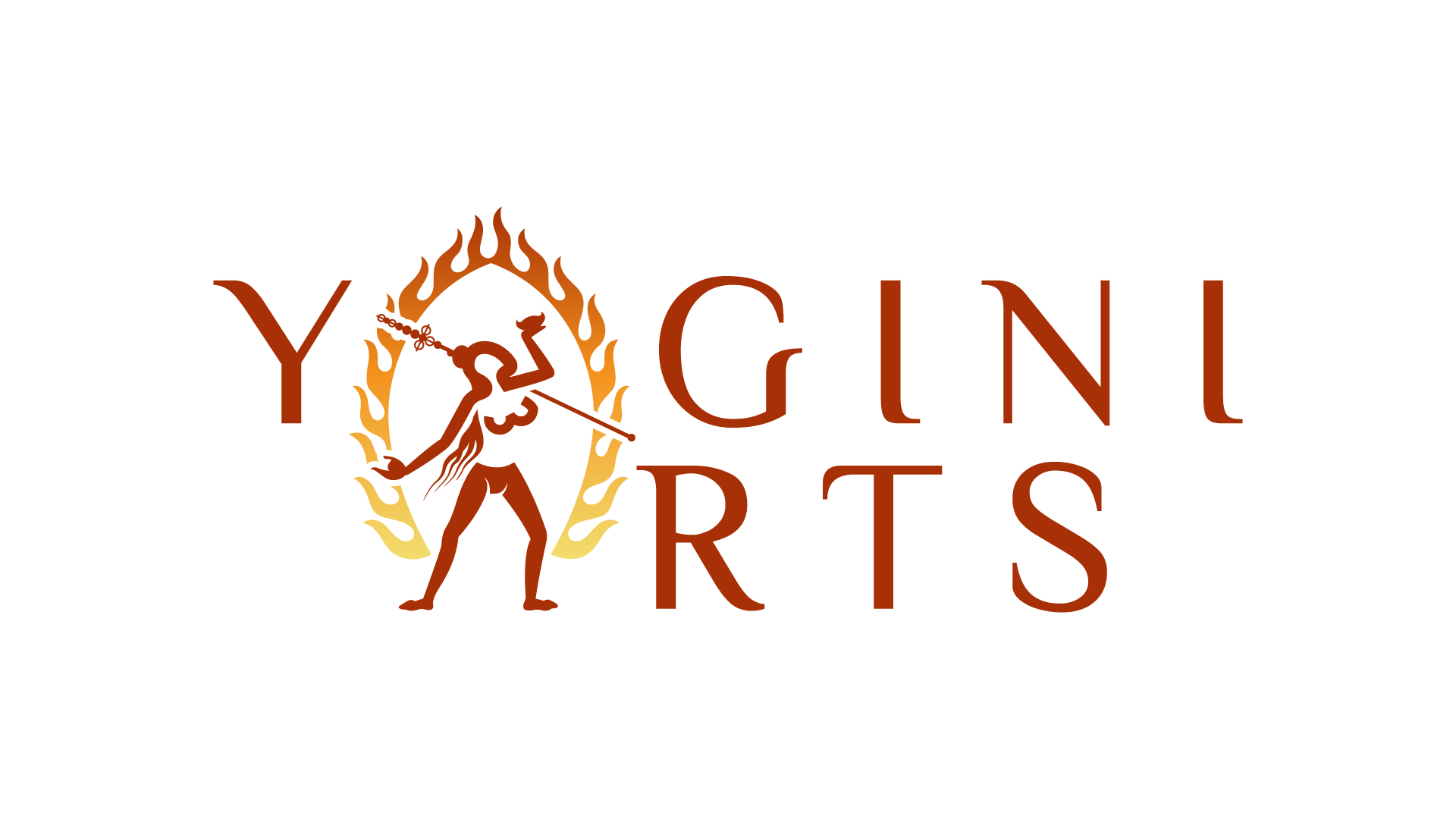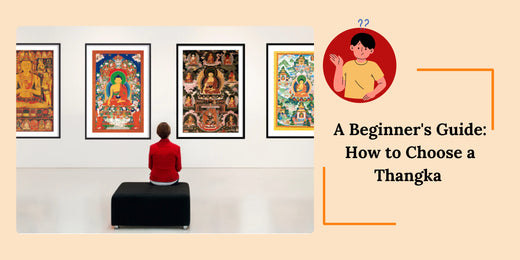Article: The Compassionate Heart of Buddhism: Bodhisattva Avalokiteshvara (Chenrezig)

The Compassionate Heart of Buddhism: Bodhisattva Avalokiteshvara (Chenrezig)
In the enormous tapestry of Buddhist deities, one figure stands out as the embodiment of compassion and mercy: Bodhisattva Avalokiteshvara, also known as Chenrezig in Tibetan Buddhism. The name Chenrezig translates as "the one who looks with an unwavering eye," symbolizing the bodhisattva's dedication to alleviating the suffering of all sentient beings. We'll delve into the compassionate heart that is the foundation of Tibetan Buddhist practice as we examine the rich history, symbolism, and significance of Bodhisattva Avalokiteshvara in this blog.
Historical Roots and Evolution
The Lotus Sutra and other old writings from Indian Buddhism make reference to the bodhisattva Avalokiteshvara. However, in Mahayana Buddhism, Avalokiteshvara emerges as a major bodhisattva, embodying all Buddhas' compassion. The bodhisattva's image is sometimes shown with several arms and heads, symbolizing the ability to reach out and assist many beings at once.
As Buddhism spread throughout Asia, Avalokiteshvara's worship took several forms. Known as Chenrezig in Tibet, Guanyin in China, and Kannon in Japan, these figures represent the progression of Buddhism. Though each culture incorporated its own traits and interpretations, Chenrezig's status as the embodiment of compassion persisted as the unifying thread.
Iconography: A Thousand-Armed Compassion
One of Chenrezig's most remarkable visual characteristics is its depiction of a thousand arms, each with an eye in the palm. This powerful imagery embodies Avalokiteshvara's infinite compassion and vigilance. The numerous arms symbolize the bodhisattva’s ability to reach out and alleviate the suffering of countless beings, while the eyes in the palms signify an ever-watchful presence, aware of suffering across the universe. The metaphor of the thousand arms also suggests that compassion can take many forms, each meeting the diverse needs of sentient beings. Avalokiteshvara's compassion is all-encompassing and boundless, ranging from a gentle touch to an outstretched hand, offering solace in every form.

The Mythical Origin: A Tale of Compassion
Chenrezig's genesis story is surrounded in legend, demonstrating the bodhisattva's unending compassion. An often told tale describes Avalokiteshvara making a commitment to assist all beings in achieving enlightenment prior to his own. The misery of the world overcame him as he started his holy mission. In retaliation, his head splintered into eleven pieces.
Amitabha Buddha came to Avalokiteshvara's aid, providing him with eleven heads to listen to the world's pleas. And yet the pain did not end, and the arms of the kindhearted bodhisattva broke into a thousand fragments. Amitabha Buddha intervened again, this time providing a thousand arms to help alleviate the suffering of all sentient beings.
This tale emphasizes Chenrezig's determination to alleviate suffering, even at the expense of his own physical form. It eloquently captures the spirit of selfless compassion that Avalokiteshvara personifies.
Chenrezig in Tibetan Buddhism: The Jewel in the Lotus

As the patron bodhisattva of Tibet, Chenrezig has a particular role in Tibetan Buddhism. "Om Mani Padme Hum," the mantra linked to Avalokiteshvara, is a profound expression of compassion rather than just a chant. Rendered by millions of Buddhists worldwide, the mantra is thought to embody the spirit of Chenrezig's compassion.
In the worship of Avalokiteshvara, the lotus holds profound symbolic meaning. The lotus, unscathed by the muck but growing out of it, is a symbol of purity arising from the world's pollutants. In a similar vein, Chenrezig's compassion is unadulterated by the pain it aims to relieve.
Compassion in Action: Bodhisattva's Role in the World
Beyond ceremonies and incantations, Chenrezig worship takes the form of altruistic deeds. In their daily lives, Buddhists strive to be like Avalokiteshvara, trying to lessen the suffering of people around them. This kind-hearted approach embraces all sentient beings, not just humans, demonstrating the universality of Chenrezig's love.
As a symbol of compassion, knowledge, and the welfare of all living things, the Dalai Lama is revered in Tibetan tradition as the incarnation of Chenrezig. The Dalai Lama's teachings are consistent with Avalokiteshvara's call for nonviolence and compassion as a means of resolving international disputes.
Challenges and Controversies: Chenrezig in Modern Context
Despite being adored by millions, Chenrezig's portrayal of the bodhisattva has generated debate and criticism. Some critics contend that the many arms and heads symbolize a whimsical and unrealistic kind of compassion. Avalokiteshvara is frequently depicted as androgynous, alternating between male and female forms, however some doubt this gender-fluidity.
In spite of these obstacles, Chenrezig is still worshiped, and many Buddhists continue to find solace in the compassion that the bodhisattva symbolizes as they attempt to make sense of the complexity of today's world.

Conclusion: Embracing Compassion in Our Lives
The Buddha Avalokiteshvara, also known as Chenrezig, is a symbol of compassion and hope in a world full of chaos and suffering. The mantra, the thousand arms, the thousand eyes, the ageless tales, and the thousand arms all allude to one ultimate truth: the transformational force of compassion.
Examining the teachings and symbols associated with Chenrezig, we discover an appeal to develop compassion in our own life. We may all embody Avalokiteshvara's spirit and lessen suffering in our interconnected world by doing tiny deeds of compassion or large actions of generosity.
Let us recite the mantra "Om Mani Padme Hum," calling upon the benevolent heart of Bodhisattva Avalokiteshvara and choosing the route of love and comprehension.

